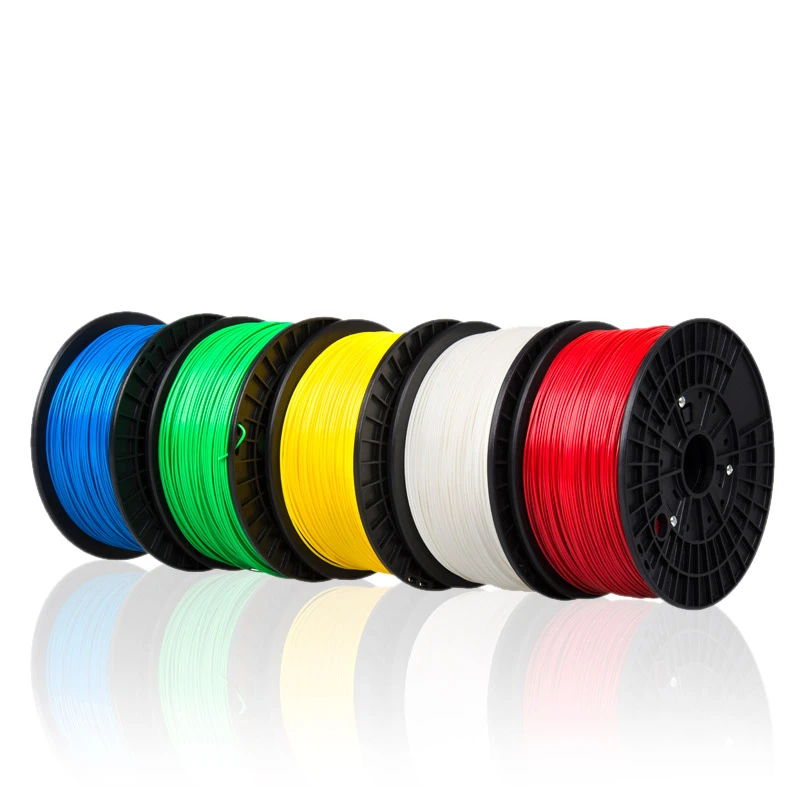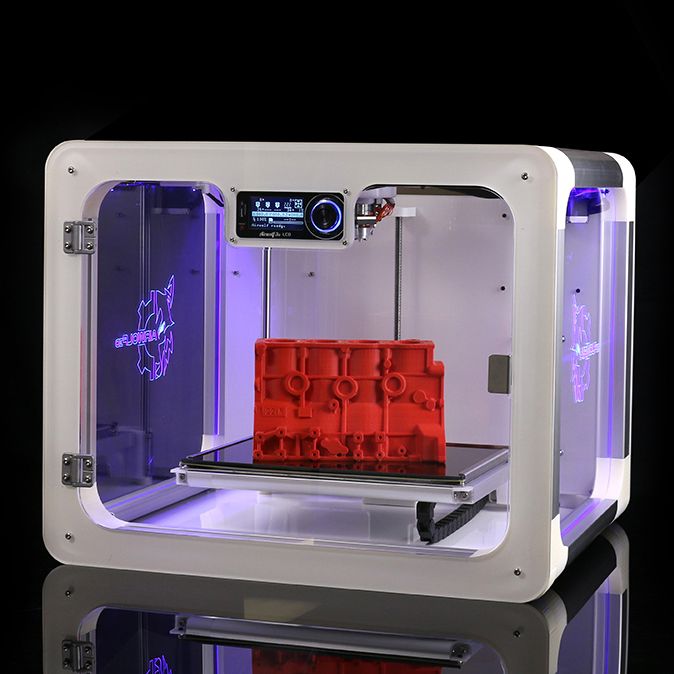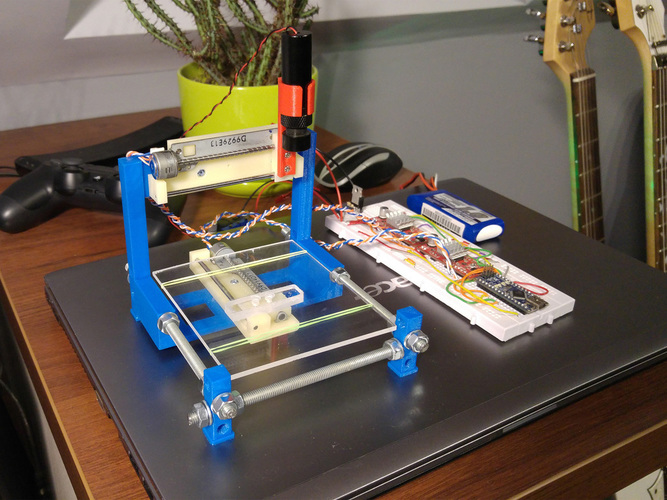Polymer 3d printer filament
U.S. Army develops high strength multi-polymer filament for use with low-cost 3D printers
0Shares
New U.S. Army research has yielded a new multi-polymer filament designed to be used with low-cost FFF 3D printers. The high strength filament is expected to aid in the field of battle, producing mission critical parts in a timely manner at a fraction of the cost of traditional parts. The study was featured on the cover of the April edition of Advanced Engineering Materials.
Multi-thermoplastic filament
FFF is the most common 3D printing technology in use today due to its low barrier to entry and relatively low cost. Parts created using FFF tend to lack mechanical strength however, so their use in high-stakes field operations where they are subjected to the rigors of combat is generally advised against. The U.S. Army’s research aims to overcome the limitations of readily-available filament, instead creating something as robust as the warfighters who will use it.
The researchers combined ABS and polycarbonate (PC) to formulate their novel filament. A 3D printer was used to create a solid body pre-form, which consisted of a lower temperature ABS shell and a higher temperature star-shaped PC core. A thermal draw tower was then used to feed the solid pre-form through diameter and tension sensors, converting it back into a filament. That newly drawn filament was recycled back as feedstock, but this time it was a mixture of the ABS and PC, granting it superior mechanical properties. To finish the process, parts 3D printed from the new filament were annealed in an oven for 24-48 hours to completely fuse the layers together, adding extra structural integrity.
The 3D printed parts came out of the heat chamber with ductilities comparable to injection-molded ABS parts, and fracture toughness values 1500% (15x) higher than that of identical ABS geometries. The researchers concluded that the PC infusion aided in resisting heat-induced creep and maintained precise part dimensions during the annealing process. The team hopes to bring the annealing time down to four hours or less in the future.
The team hopes to bring the annealing time down to four hours or less in the future.
Additive manufacturing on the field
Dr Eric Wetzel, co-author of the study, states that the Army is looking to print parts in the field to simplify logistics. By carrying digital files and raw materials, the need to lug around excessive physical parts would be eliminated. Unfortunately, the technologies for 3D printing high-strength parts have not been practical in an expeditionary setting to date. The printers are too large, require too much energy to operate, are fairly delicate in their builds, and their feedstocks require specialized storage conditions.
Jeff Wallace, a mechanical engineer with the Army’s C5ISR Center at APG, adds, “Having the option to additively manufacture parts from a high strength polymer via the FFF process, at the field, division, and/or depot level will certainly provide warfighters with the ability to produce better temporary parts much quicker – hours versus days or weeks – and at significantly lower costs – often pennies compared to tens of dollars.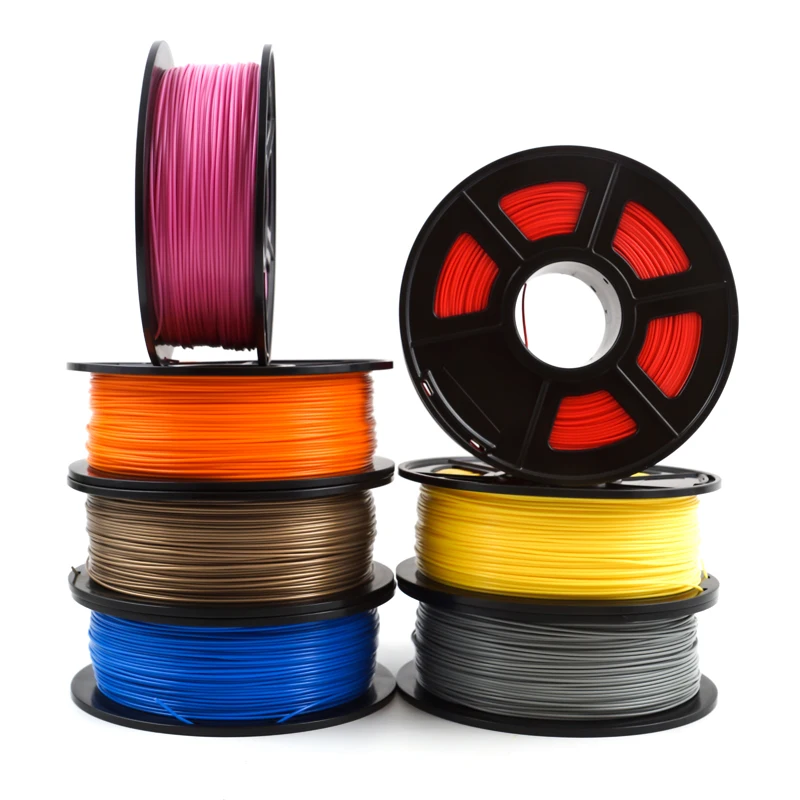 ”
”
Wallace concludes: “Additionally, Soldiers tend to improvise as needed, often finding their own design solutions to the issues they face. As such, offering them a higher strength polymer material that can be used in the desktop printers they have access to, affords them the opportunity to innovate on-the-fly, as necessary to temporarily solve greater numbers of supply and design challenges. Their designs would then be sent to the proper Engineering Support Activity for evaluation.”
Dr Eric Wetzel demonstrating the thermal drawing process. Photo via U.S. Army.Further details of the study can be found in the paper titled ‘Tough, Additively Manufactured Structures Fabricated with Dual‐Thermoplastic Filaments’. It is co-authored by Kevin Hart, Ryan Dunn, and Eric Wetzel.
The U.S. armed forces have a history of employing additive manufacturing to produce parts and conduct research for their field operations. Earlier this year, the U.S. Army announced that it was working towards developing its supply chain to support the integration of additive manufacturing. More recently, the Army commenced collaborative research with the University of Delaware to 3D print high temperature composites using a Roboze ARGO 500 3D printer.
More recently, the Army commenced collaborative research with the University of Delaware to 3D print high temperature composites using a Roboze ARGO 500 3D printer.
The nominations for the 2020 3D Printing Industry Awards are now open. Who do you think should make the shortlists for this year’s show? Have your say now.
Subscribe to the 3D Printing Industry newsletter for the latest news in additive manufacturing. You can also stay connected by following us on Twitter and liking us on Facebook.
Looking for a career in additive manufacturing? Visit 3D Printing Jobs for a selection of roles in the industry.
Featured image shows process of 3D printing the pre-form and drawing the filament. Image via U.S. Army.
Tags Advanced Engineering Materials Eric Wetzel Jeff Wallace Kevin Hart Ryan Dunn U.S Army
Kubi Sertoglu
Kubi Sertoglu holds a degree in Mechanical Engineering, combining an affinity for writing with a technical background to deliver the latest news and reviews in additive manufacturing.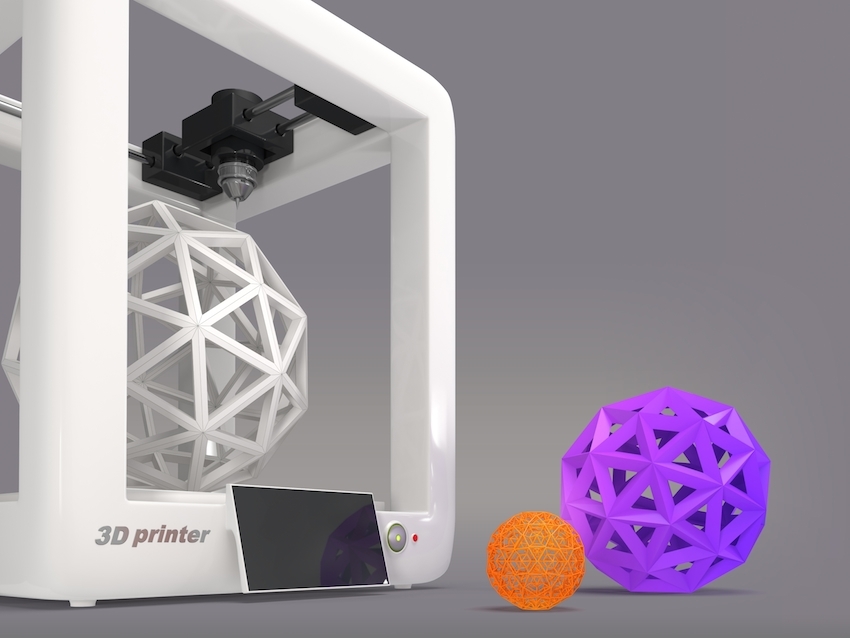
Multi-polymer filament from the US Army » 3D Printing Media Network
Stay up to date with everything that is happening in the wonderful world of AM via our LinkedIn community.
The US Army just presented a new type of multi-polymer filament for commonly-used desktop material extrusion 3D printers. The new material could be used to produce critical, higher performance parts at the point of need.
Parts produced with basic FFF 3D printers historically have had poor strength and toughness, which has prevented affordable printers from being used to resupply military parts on-demand, especially at deployed locations. The Army’s new material overcomes those deficiencies, potentially allowing Soldiers to use low-cost printers to create parts that, once subjected to a few hours of heat, can achieve mechanical properties robust enough to withstand the rigors of field operations.
This breakthrough is an important step forward for Army expeditionary manufacturing, said Dr.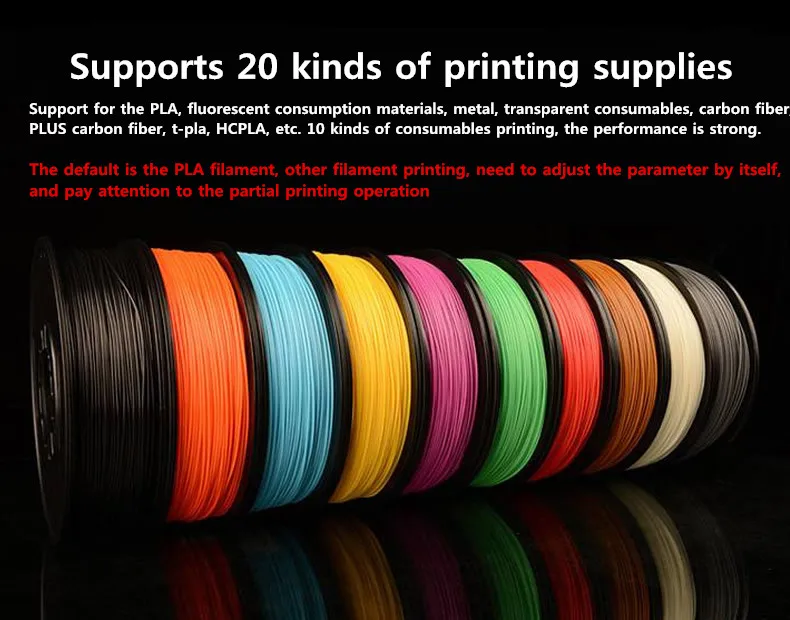 Eric D. Wetzel, who leads the Emerging Composites team and serves as the research area leader for Soldier Materials at the U.S. Army Combat Capabilities Development Command’s Army Research Laboratory. Wetzel’s research encompasses a wide range of technological solutions that could increase Soldier lethality by enhancing the way warfighters shoot, move, communicate, protect and sustain themselves.
Eric D. Wetzel, who leads the Emerging Composites team and serves as the research area leader for Soldier Materials at the U.S. Army Combat Capabilities Development Command’s Army Research Laboratory. Wetzel’s research encompasses a wide range of technological solutions that could increase Soldier lethality by enhancing the way warfighters shoot, move, communicate, protect and sustain themselves.
“The Army would like to be able to print parts in the field to simplify logistics by carrying digital part files instead of physical parts, but to date, the technologies for producing high-strength parts have not been practical in an expeditionary setting. These printers are too large, energy-hungry, delicate or messy for starters, and their feedstocks can require specialized storage requirements.” This technology may enable the Army to use affordable, simple printers to produce high-quality parts.
According to the paper, fused filament fabrication or FFF, is the most common additive manufacturing technology, but parts fabricated using FFF lack sufficient mechanical integrity for most engineering applications.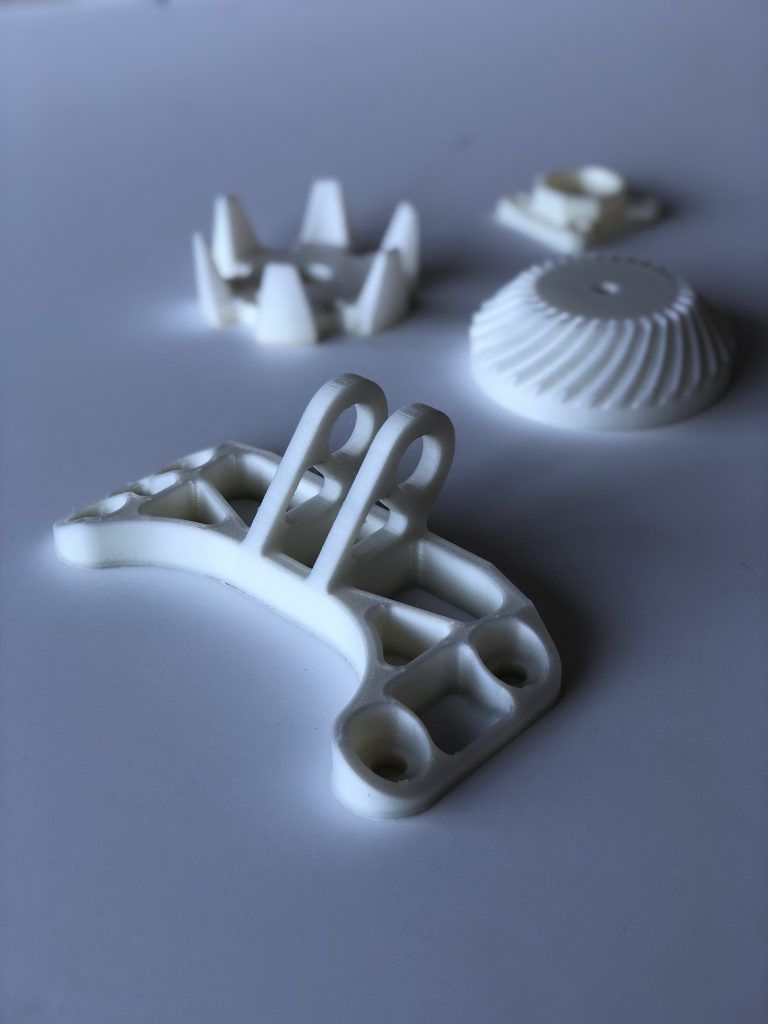 The research team used a novel thermal draw process to fabricate a dual material filament comprising acrylonitrile butadiene styrene, known as ABS, with a star‐shaped polycarbonate core.
The research team used a novel thermal draw process to fabricate a dual material filament comprising acrylonitrile butadiene styrene, known as ABS, with a star‐shaped polycarbonate core.
This dual material filament is then used as feedstock in a conventional FFF printer to create 3-D solid bodies with a composite ABS/polycarbonate core mesostructure. This novel DM filament can revolutionize additive manufacturing allowing low‐cost printers to produce parts with mechanical properties competitive with injection‐molded plastics, as referenced in the paper.
In ongoing experiments, the Army’s research team is experimenting with new material pairings, print conditions and annealing protocols to further improve mechanical properties and reduce processing times. Their goal is to reduce current annealing times of 24-48 hours to four hours or less.
Researchers are using a pilot manufacturing line to produce larger quantities of the filament over the next few months to provide material samples to a variety of Army transition partners.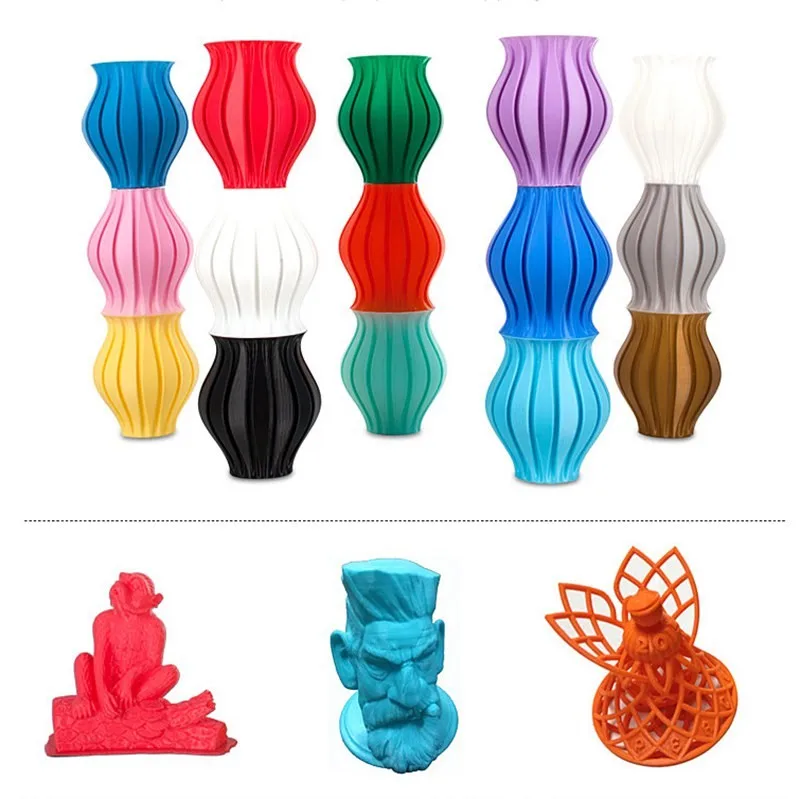
“Having the option to additively manufacture parts from a high strength polymer via the FFF process, at the field, division, and/or depot level will certainly provide warfighters with the ability to produce better temporary parts much quicker – hours versus days or weeks – and at significantly lower costs – often pennies compared to tens of dollars, said Jeff Wallace, a mechanical engineer with the Army’s C5ISR Center at APG. “Additionally, Soldiers tend to improvise as needed, often finding their own design solutions to the issues they face. As such, offering them a higher strength polymer material that can be used in the desktop printers they have access to, affords them the opportunity to innovate on-the-fly, as necessary to temporarily solve greater numbers of supply and design challenges. Their designs would then be sent to the proper Engineering Support Activity for evaluation.”
The lab has filed multiple patent applications on the technology, and a license has already been granted for one aspect of the technology: thermally drawn filaments using a specialty polymer for use in additive manufacturing. The Army is looking for additional commercial partners to accelerate development and fielding of this technology, which could hold broad applicability to a wide range of additively manufactured thermoplastic parts.
The Army is looking for additional commercial partners to accelerate development and fielding of this technology, which could hold broad applicability to a wide range of additively manufactured thermoplastic parts.
Related Articles
Back to top button
3D printing laboratory - All about plastics - education, technology, perspectives
Prototyping and modeling using 3D printers has recently become more and more widespread. This is due not only to the development and cheapening of equipment for creating three-dimensional models, the emergence of new polymeric materials for three-dimensional printing, but also the emergence of the need for such modeling for medical products, aircraft parts, instrumentation, automotive and aircraft manufacturing, as well as souvenirs. and other areas. The use of polymeric materials for structural purposes for prototyping made it possible to produce not only models, but also small batches of technical products.
According to the recent study “3D Printing Market (2013-2020)” published by Markets and Markets (“M&M”), between 2013 and 2020, the annual growth of the 3D printing market will be 23%, resulting in will grow to 8.4 billion US dollars by 2020 (http://www.orgprint.com/wiki/3d-pechat/obzor-tehnologij-3D-pechati).
3D printing is a technology for creating three-dimensional objects from a digital sample (CAD) by layer-by-layer application of additive materials. 3D printing methods include stereolithography (SLA), laser powder sintering (SLS), electron beam melting (EBM), layer-by-layer printing with molten polymer thread (FDM), formation of three-dimensional models from layer-by-layer sheet material (LOM) and others.
Initially, 3D printing was used exclusively for prototyping objects, but recently a radical step has been taken towards production. Automotive, aerospace, medical, and consumer products are among the industries that are actively embracing 3D printing. According to M&M, 3D printing in medicine and aerospace will grow exponentially in the near future.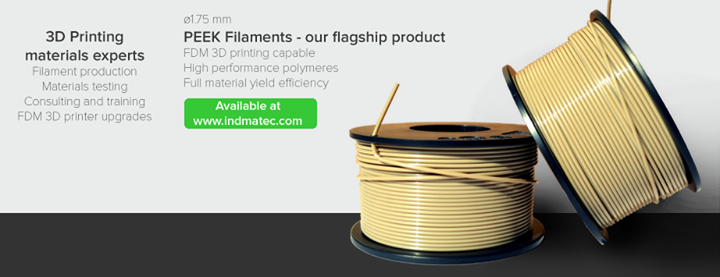 3D printing has significant growth potential, it is indispensable where piece production of personalized products is needed.
3D printing has significant growth potential, it is indispensable where piece production of personalized products is needed.
This article touches upon some aspects of 3D printing, which is carried out by layer-by-layer printing with a melted polymer thread (rod).
Layer-by-layer printing with a molten polymer thread , also known as Fused Deposition Modeling or simply FDM, is used to obtain single products that are close in their functional characteristics to serial products, as well as for the manufacture of investment molds for casting metals.
The main polymer materials used in FDM technology in Russia are ABS plastic, PLA (polylactide), to a lesser extent polyamide (PA-12 or PA-11), TPU, PET-G and a number of other polymers. Almost all polymeric materials are imported.
High impact polystyrene (HIPS) is used as support polymers. This material is used for printing ABS plastic, PMMA, PET-G. Polyvinyl alcohol PVA (PVOH, PVA or PVAL) is also used as a support polymer, however, due to the water solubility of this polymer, it is more difficult to obtain a thread from it, modification of the standard technology is required.
At the Interplastica-2018 exhibition, work was announced on the synthesis of special grades of structural polymer materials for 3D printers at the Kabardino-Balkarian State University (PSU, PFS, etc.). In the report of KNITU (Kazan), the topic of using PP filament for 3D printing was mentioned, which is not surprising, since in the Republic of Tatarstan a wide range of PP grades is produced by Nizhnekamskneftekhim PJSC. The problem with polyolefins in printing is associated with poor adhesion to the 3D printer substrate and high shrinkage when cooled.
FDM printing technology is as follows: a polymer thread is fed into a heated head with a controlled temperature, in the head it is heated to a melt state and the resulting thermoplastic modeling material is fed with high precision in thin layers onto the working surface of a 3D printer. The layers are applied on top of each other, joined together and cooled, gradually forming the finished product.
The diameter of the nozzle through which a thread with a diameter of 3 or more often 1. 75 mm is fed is 0.3-0.4 mm in the first case, and 0.1-0.3 mm in the second case. Therefore, the requirements for a polymer thread should be quite stringent in terms of sizing (thickness variation), stability of rheological properties (melt flow), melt purity (presence of impurities or contaminants).
75 mm is fed is 0.3-0.4 mm in the first case, and 0.1-0.3 mm in the second case. Therefore, the requirements for a polymer thread should be quite stringent in terms of sizing (thickness variation), stability of rheological properties (melt flow), melt purity (presence of impurities or contaminants).
1 shows the scheme of printing polymer thread FDM
1. Flow chart of 3D printing by FDM polymer filament printing.
The production of thread (rod) for FDM technology is carried out on extrusion plants for extruding rod, including a dryer, an extruder, usually a single-strand extrusion head, a calibrator (if necessary), a cooling bath, a gauge for the thickness (diameter) of the thread, 2 (rarely 4 -x positional) bar winder on the coil. There is a lot of information on the Internet about homemade filament extruders, as a rule, of low productivity and low quality filament. However, the production of thread must be carried out on specialized extrusion lines.
A diagram of such a line is shown in fig. 2.
2.
Fig. 2. Extrusion plant for the production of polymer thread
I would like to note that for the wide development of FDM technology in our country, it is necessary to clearly define the characteristics of polymer materials that determine the possibility of their use in 3D printing technology with a polymer thread, as well as to synthesize or modify industrial polymers in order to obtaining material with the required characteristics. In particular, both thermophysical properties (for example, the thermal diffusivity coefficient, which determines the cooling rate of the material), and rheological properties (fluidity at different temperatures), as well as temperature parameters of the weldability of layers depending on the properties of the feedstock, etc., should be taken into account.
How to choose the right printing material
After you have chosen and purchased your 3D printer, to start creating and implementing any of your ideas, you need to choose the right printing material.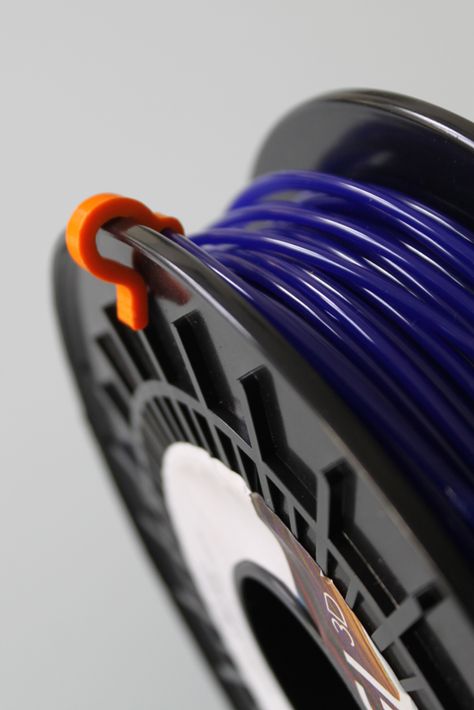 Read our article on how to do this.
Read our article on how to do this.
The print material is like ink in a regular printer, except it's plastic, I guess. It is available in large quantities of color, diameter, diameter, type of provision (the most common is a coil, as shown in the image). Now let's go through the main criteria by which you need to choose the one that suits you and your printer.
Material type
In terms of type selection, there are currently two most popular materials: ABS plastic and PLA plastic. ABS is a material familiar to you from LEGO bricks. It is a very durable thermoplastic with little flexibility and is suitable for many purposes. It can be sanded, painted, and can be easily glued to other ABS parts with a special adhesive. It is very resistant to mechanical stress, including thermal stress, and melts at a temperature of 210 degrees Celsius. When printing ABS, the working platform is usually heated up to 110 degrees, otherwise the part may deform and even crack when it cools.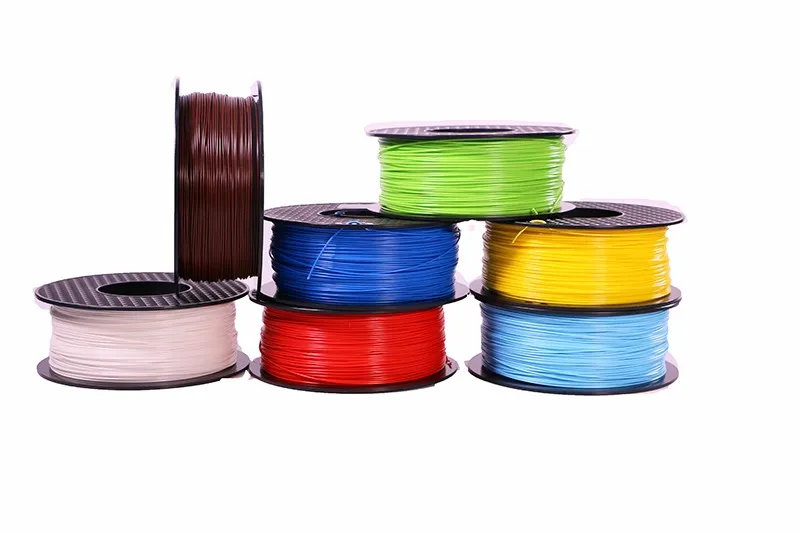 For a long time, ABS has been a favorite material for the 3D printing community, although the recent development of PLA plastic has changed this.
For a long time, ABS has been a favorite material for the 3D printing community, although the recent development of PLA plastic has changed this.
PLA is a polymer plastic made from corn or sugar cane. It is not very recyclable, but under the right environmental conditions it is biodegradable. PLA is much more environmentally friendly and smells a little like maple syrup when printed. This is a fairly strong plastic, although more fragile than ABS. It is also less temperature resistant than ABS and melts at 180 degrees Celsius. Heated platform optional. Although if you have it, heating it to a temperature of 60 degrees will help make the print better. If the surface is heated, PLA can print on normal smooth glass as well. This material is cooled for a long time, so the presence of an additional cooling system will also help improve print quality. PLA manufacturers offer it in completely different colors that are pleasing to the eye.
Other commonly suggested materials, especially for DIY printers, are high-density polyethylene (HDPE) as well as polyvinyl alcohol (PVA), and experimentation is ongoing with various plastics.
When choosing a material, consider the environment in which the printer will be used. If the printer will be in an open, well-ventilated area, then ABS is your choice, as it will allow for more processing after the part is made. If the printer will stand in a closed room or classroom, then to avoid the emission of harmful impurities during printing, it is better to use more “green” PLA plastic. A rougher rule. If your printer supports PLA, then we recommend using it in 95% of cases.
Material (thread) diameter
Once you have chosen the type of material, you will need to think about the diameter of the thread. The vast majority of printers use 1.75 mm filament for printing. Proponents of smaller filament diameters say that it is easier to make an extruder drive and a thermal head, since they require less material to heat up and it is easier to feed it into the extruder. Although initially, filaments with a diameter of 3 mm were prepared for most printers.